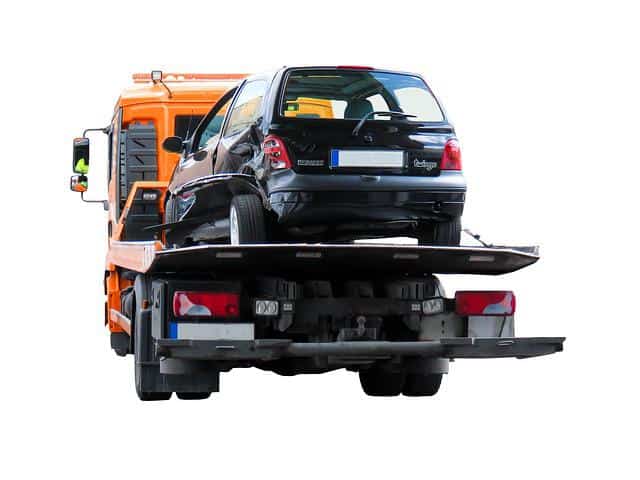Key Takeaways
- Moving can be a smooth process with the right strategies and planning.
- Preparation, organization, and utilizing expert advice are vital factors.
- There are several methods to reduce stress during a move.
Preparation is Key
Moving can feel overwhelming, but proper preparation forms the foundation for a smooth transition. Make a thorough moving checklist that outlines each stage of the procedure before you begin. This could include sorting and decluttering your belongings, gathering packing supplies, and notifying relevant parties about your move. Additionally, considering professional movers can ease the load right from the start.
The work might appear more attainable if divided into smaller, more manageable pieces. For instance, tackle one room at a time or set weekly goals that gradually bring you closer to moving day. This kind of systematic approach helps keep the process manageable and less daunting. Establishing due dates for each activity helps keep you on track and gives you a sense of success.
Staying Organized Throughout the Move
Organization is critical when moving. Label boxes, keep an inventory, and ensure all essential items are easily accessible. Tools like color-coded labels and moving apps can streamline the process significantly.
Having a clear plan and keeping track of your belongings can prevent last-minute mishaps. Consider using spreadsheets or specialized apps to maintain a digital inventory. This not only helps with organization but also makes the unpacking process smoother. For families, assigning different people to different tasks when moving can streamline the workload and make everyone feel involved.
Packing Tips and Tricks
One of the relocation process’s most time-consuming components is packing non-essential items weeks in advance and gradually moving towards more critical possessions. Use high-quality packing supplies to keep your possessions safe and employ practical strategies such as packing heavier items in smaller boxes. This ensures better protection and makes boxes more straightforward to carry.
Make a “essentials” box with goods like toiletries, a change of clothing, and basic cooking supplies you’ll need immediately after the move. This box should be marked and kept in an easily accessible spot, such as your car or the front of the moving truck. This small step can significantly reduce the immediate stress and chaos of moving into your new home.
Health and Well-being Tips
Keep hydrated, “take a break,” and don’t skip meals. Your clinically taxing day requires proper nourishment and energy. Involving friends or family can also lighten the emotional and physical burden of the day. A support system can make all the difference in how manageable a moving day feels. Ensure you reward yourself and your helpers with snacks and drinks throughout the day. These small acts of self-care can help maintain morale.








